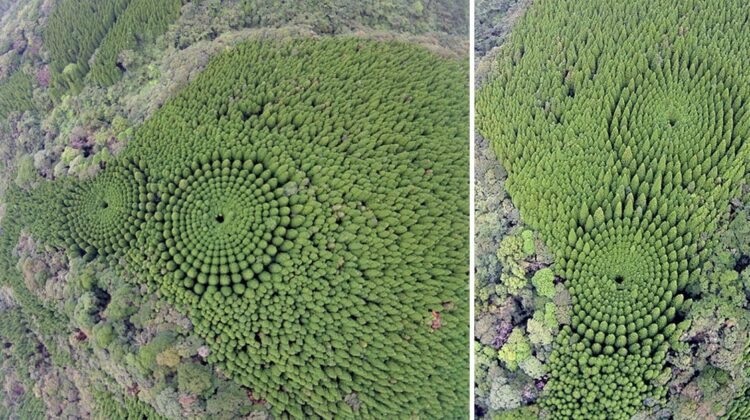
In 2018, two enigmatic ‘crop circles’ emerged in Japan’s Miyazaki Prefecture, capturing the attention of conspiracy theorists eager to attribute them to extraterrestrial activities. However, much to the disappointment of UFO enthusiasts, the remarkable geometric designs were not the result of alien landings but rather a scientific experiment that spanned nearly five decades.
Crop circles, often found in cereal fields, have long been associated with UFO encounters or intricate forms of alien communication. So when awe-inspiring photos of intricate designs appeared in a Japanese forest, intrigue and curiosity abounded. But the truth behind these natural wonders lies firmly on planet Earth.

In 1973, scientists initiated an ‘experimental forestry’ project aimed at understanding tree spacing and its impact on growth. The researchers planted circles of Japanese cedar trees near Nichinan City in Miyazaki Prefecture. The circles started as smaller inner rings, gradually expanding into larger ones, creating ten perfectly arranged concentric circles.
The purpose was to study the effects of different tree densities on growth patterns. The results of the experiment, as evident in the photos, demonstrate clear findings. The concave shape of the circles reveals that trees in the outer circles, with lower density, experienced higher growth rates. On the other hand, trees in the inner circles, where density was higher, faced tougher competition for resources such as water and sunlight, resulting in slower growth.

The idea is intuitive: with more space, trees in the outer rings have fewer rivals for essential resources, allowing them to grow larger and stronger. Conversely, the trees in the inner circles compete fiercely among themselves, leading to smaller sizes.
According to the Japan Ministry of Agriculture, Forestry, and Fisheries, the height difference between the tallest trees in the outer ring and the smallest trees at the center exceeded 5 meters. This data offers valuable insights into the relationship between tree density and growth rates.

The experiment, which has spanned close to fifty years, is coming to an end, and the trees are due for harvest soon. However, the extraordinary beauty and unexpected results of this endeavor have sparked interest and debate. There are discussions about the possibility of preserving these grand ‘crop circles’ and even turning them into a potential tourist attraction in the future.
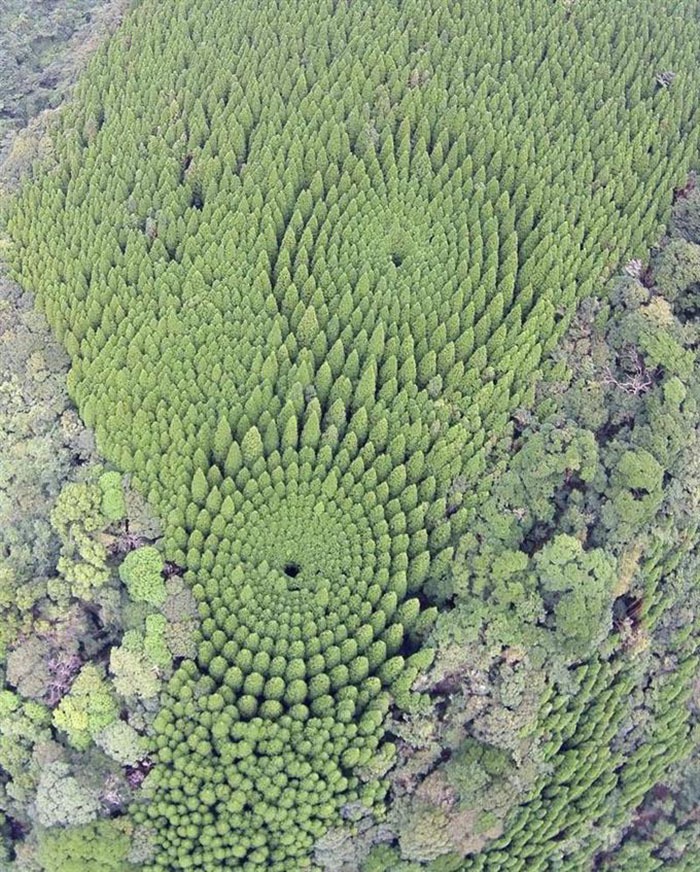
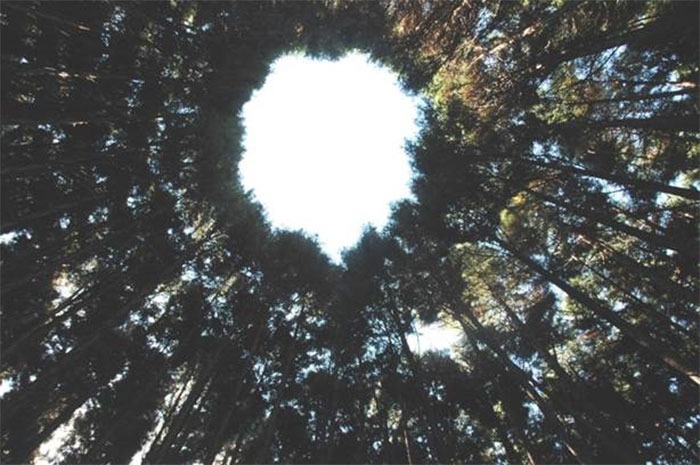
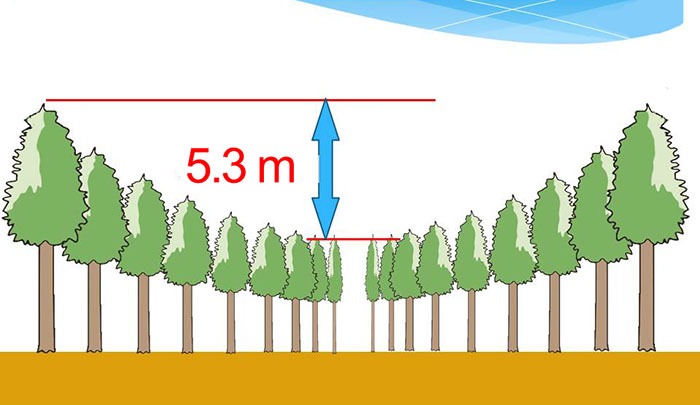
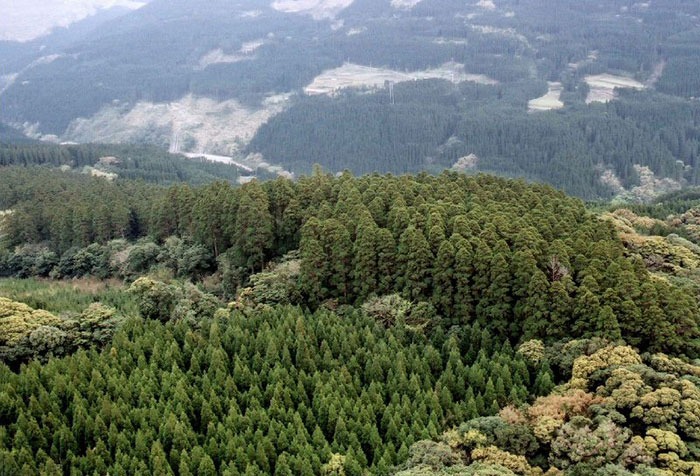
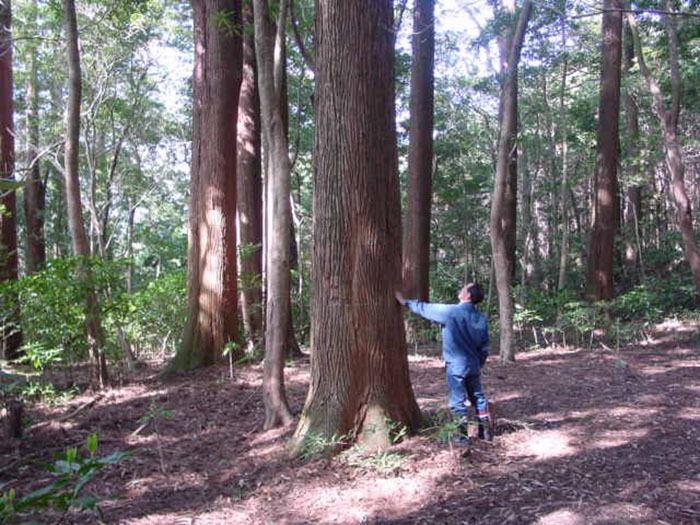
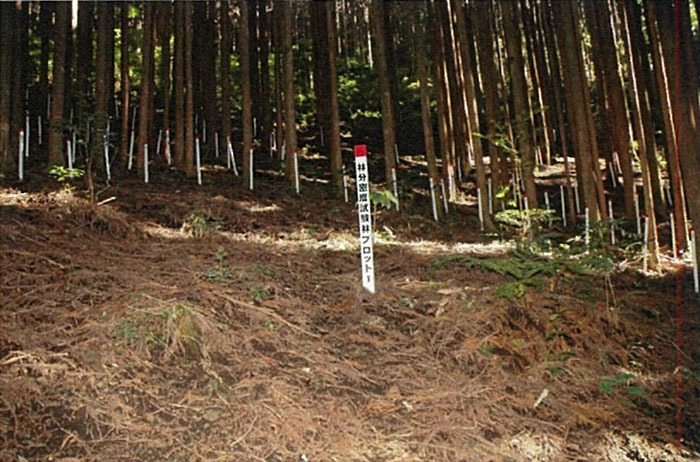
While the mystery of crop circles may endure in some corners of the world, the Miyazaki Prefecture’s experiment stands as a testament to the power of scientific exploration and discovery. The stunning tree formations may not have been the work of otherworldly forces, but they have certainly captivated human imagination and showcased the remarkable artistry of nature itself.

Leave a Reply